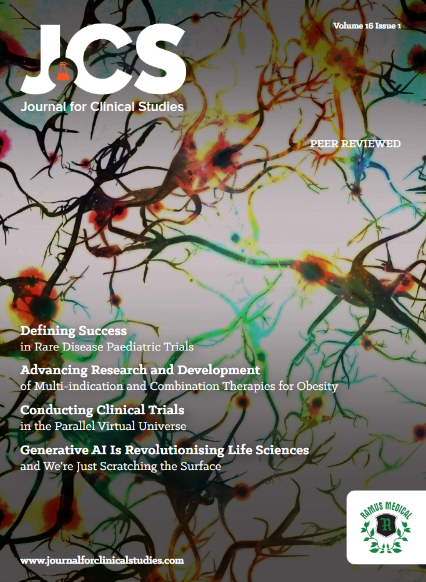The first chemotherapy drugs were discovered by mistake – during World War II – when humans were accidentally exposed to mustard gas. At that time, the only other treatments for cancer were radiotherapy and surgery. But these weren’t necessarily promising for the treatment of all forms of cancer, especially cancers that had progressed.
Scientists were recruited to study the symptoms of people who were exposed to copious amounts of mustard gas. Based on their research, mustard gas agents were transformed into chemotherapy drugs used for the treatment of cancers. Chemotherapy is still the standard first line of cancer therapy for many people with cancer. Because chemotherapy doesn’t only target cancer cells, they are associated with many side effects including diarrhoea and hair loss.
But with a focus on patient centricity, the life science industry as we know it is changing.
Over the last couple of years, we have seen personalized medicine take centre stage. One particular class of products, called Advanced Therapeutic Medicinal Products (or ATMPs, for short), is gaining a lot of interest from scientists, doctors, researchers, investors, and patients, alike. Put simply, these therapies utilize cells, tissues, and/or gene approaches to develop products that can repair, generate, or replace faulty cells that cause diseases.
ATMPs, including cell and gene therapies (CGTs), have emerged as a groundbreaking solution, offering long-term symptom relief and even complete cures for patients who were previously considered incurable. These therapies have the potential to shift the paradigm in chronic and rare diseases, transitioning from mere disease management to achieving full recoveries. What was once a distant aspiration for scientists is now becoming a tangible reality, as various CGTs receive approvals based on promising results from clinical trials.
But with a focus on patient centricity, the life science industry as we know it is changing.
A Case for CGTs: Diffuse Large B-Cell Lymphoma
What is Diffuse Large B-Cell Lymphoma?
Diffuse Large B-cell lymphoma (DLBCL) is a type of cancer affecting the lymphatic system. It is characterized by its aggressive nature and rapid growth in the lymph nodes, liver, bone marrow, spleen, and other organs. DLBCL arises from the production of abnormal B lymphocytes, which normally play a crucial role in combating infections. However, in DLBCL, these abnormal cells fail to fully mature and accumulate in the lymph nodes and other organs, compromising the patient’s ability to fight infections effectively.















